Veneered wood-based panels are often used in the manufacture of furniture. Veneers are obtained from logs of different species, by peeling or cutting at certain angles, resulting in different wood designs. The more expensive and rare the wood species, the more expensive and harder to find the veneers. Plus, more and more wood species are becoming protected and their exploitation restricted. This is the case walnut to us, or to palisander in Brazil or Madagascar. Hence the need for a material that is not plastic, resembles natural veneer and can be used easily. That's how reconstituted veneer came about.
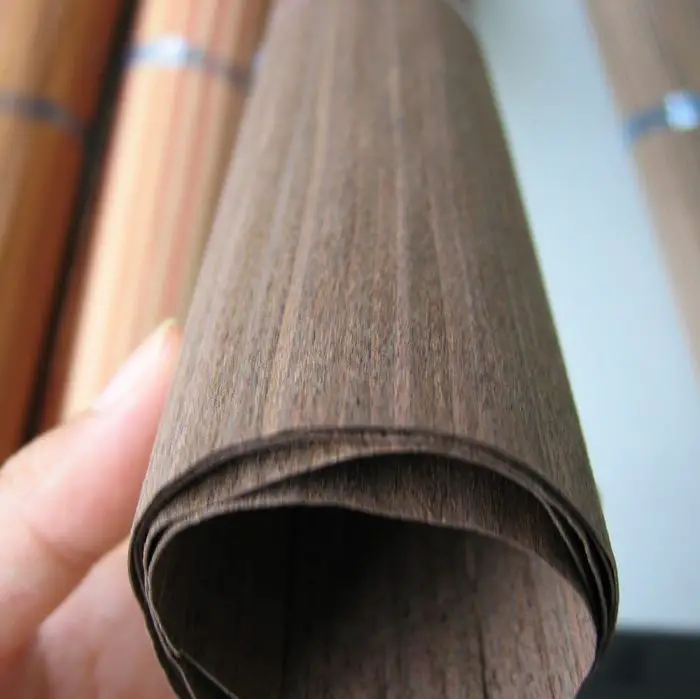
photo source: alibaba.com
Reconstituted antler is an industrial product that is made from natural veneers, but from cheaper and faster-growing species such as poplar, spruce or ocoume (exotic species). The first composite veneer was made in Italy more than 40 years ago. After that, slowly their production and use began to spread to other countries.
In the 1990s, when China entered the industry, the production of reconstituted veneers exploded. Now, it is practically the centre of their production, with 10 large factories each producing according to their target customers: cheaper, more expensive, naturally patterned, geometrically patterned, etc. Virtually any naturally occurring wood can be reproduced, but in addition to these reproductions, geometrically patterned veneers, veneers imitating animal skin or veneers with fancy designs have also appeared.
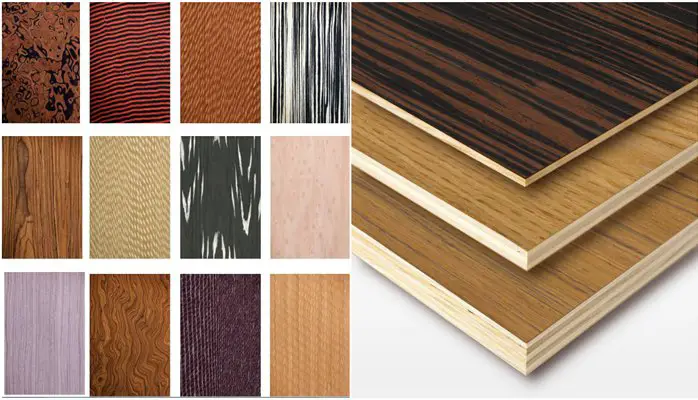
photo source: linkedin.com
How these veneers are produced. What is the technology
First, natural veneers are obtained by rolling out the essences listed above. Then they are dyed by immersion in baths with water-soluble dyes. They are removed and dried, after which they are laid one on top of the other in a predetermined pattern. After the whole pile of veneer is formed according to the pattern, veneer is again taken off veneer by veneer and adhesive is applied. The layers of adhesive, in addition to their gluing role, are also important in establishing the final design. With the veneers to which adhesive has been applied, the pile is re-made and placed in the press for gluing. This produces a large pile of glued veneers which is then shaped, i.e. the edges are cut to a parallelepiped shape. The parallelepiped, basically the new 'trunk', is turned 90 degrees and from it aesthetic veneers are cut, 0.6 mm thick.
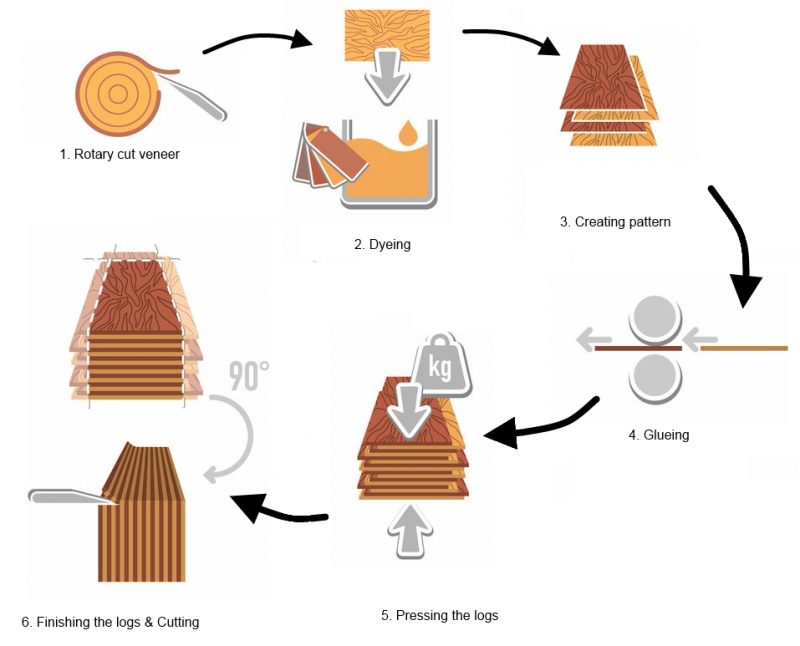
photo source: nguyenlamphat.com
Advantages of using such veneers:
- attractive price
- veneer sheet sizes much larger than the natural ones
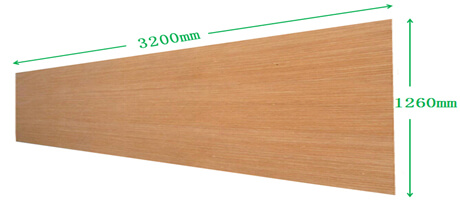
photo source: linkedin.com
- environmentally friendly - in addition to using fast growing species in the production process, water soluble dyes are used without heavy metal content, and the adhesive can be controlled to be in formaldehyde emission class 0 E0
- the possibility to obtain any design, natural or not, in any colour
- a denser and more uniform product is obtained than the natural one, so that subsequent colouring is more uniform
- perfect reproduction of the design on each product line, which makes it very suitable for decorating furniture in large spaces such as restaurants, shops, public institutions.
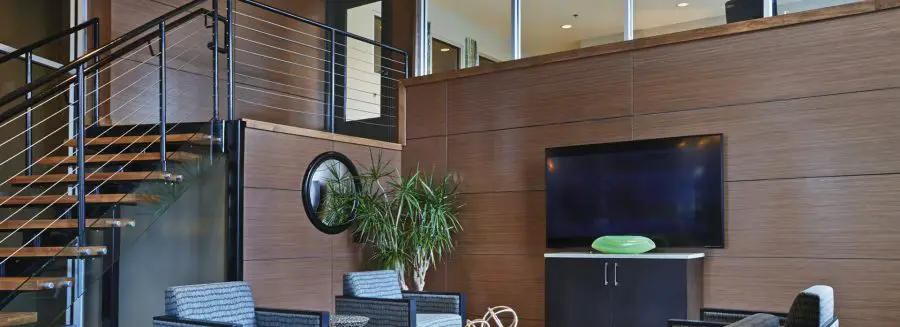
photo source: hardwoods-inc.com
The big disadvantage of this veneer is precisely that it is not natural. A natural veneer has imperfections, it has naturalness. That's exactly what we want when we put wooden furniture in our home.


















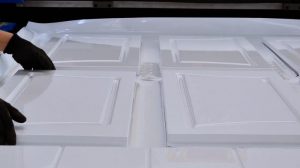


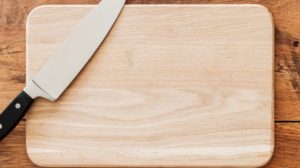
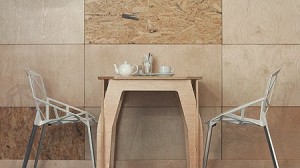
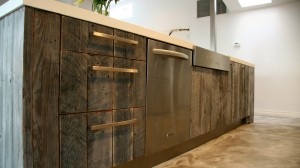
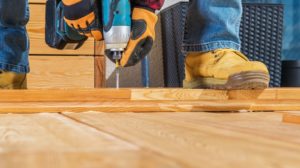
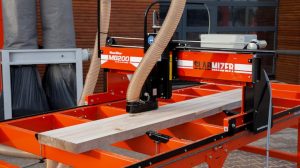
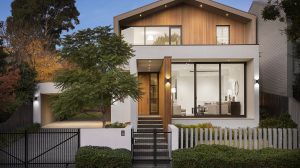

and you really can't find it anywhere in the UK except alibaba??